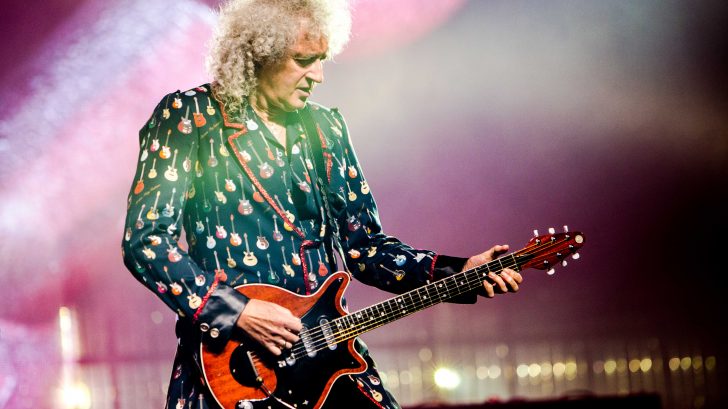Classic rock will always play a critical part in music history and in the lives of enthusiasts globally, no matter how much the music industry evolves. Acts such as Elvis Presley, the “King of Rock and Roll,” helped promote the music. It has been popular for decades. Indeed, classic rock remains the most costly genre for fans to see live.
Classic rock is a normal phenomenon of live show tours.
With several “oldies” radio stations increasingly playing 1990s tunes, much to the disgust of millennials, what constitutes “classic rock” nowadays is debatable. However, rock-heavy musical acts with a history dating back to the 1960s, 1970s, and 1980s are absolutely eligible. A new Finance Buzz analysis offered insight into how prominent the style remains in the 2020s.
Over the last five years, classic rock groups have generated over $3.5 billion in ticket sales, according to the site. The genre generated less than popular music, which definitely explains that “pop” music – which made $5.2 billion over the same time frame – is often geared for mainstream appeal. When it comes to per-tour revenues, classic rock and pop are indeed closer, with $35.5 million and $38.6 million, accordingly.
In fact, it is the most pricey genre for enthusiasts.
Finance Buzz recently delved further into the profitability of live music. While pop music may outperform classic rock in a few areas, the latter nevertheless commands greater ticket prices. The study looked at the top 800 touring bands from 2017 through 2021 and arrived at some surprising results on the ticket costs of classic rock artists in comparison to other genres.
Finance Buzz found out that the average ticket for a classic rock act is $119.14. That’s over $20 less than the typical pop music event, which costs $100.65. Similarly, rock and alternative performances are less expensive, with median ticket costs of $85.94 and $63.54, accordingly. Christian music is the least priced choice, costing less than $40.

